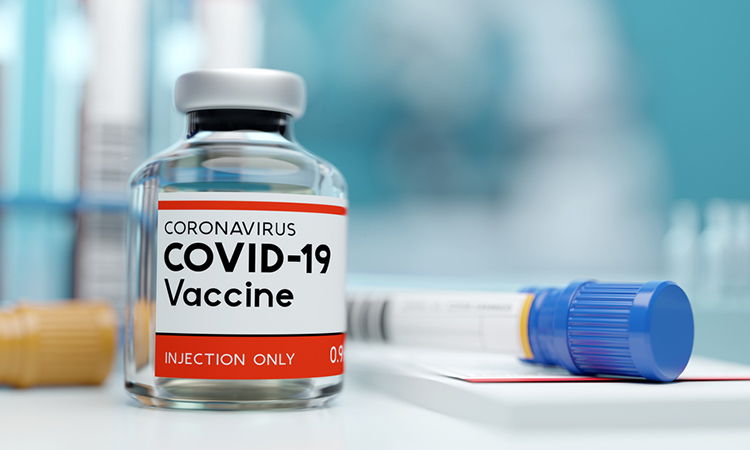
Over 690 million Covid-19 vaccine doses have to date been administered across the globe as the battle continues against the pandemic, the World Health Organisation (WHO) has said.
Zimbabwe as at 6 April 2021, a total of 133 992 people received the first dose and a total of 23 432 received the second dose.
Briefing member states on Covid-19 Thursday, WHO director-general, Dr Tedros Adhanom Ghebreyesus said the poor countries were trailing behind the wealthy ones in the number of people vaccinated so far.
“More than 690 million vaccine doses have been administered globally, but over 85% have gone to high or upper-middle-income countries, while low-income countries have received just 0.2%,” said Ghebreyesus.
“It is a travesty that in some countries health workers and at-risk groups remain completely unvaccinated. Vaccination, in combination with proven public health measures, is the fastest way to end the acute stage of this pandemic for all of us.
He said the imbalances in vaccine distribution were worrying given the wide circulation of viral variants.
“The longer the virus circulates, the greater the chance a dangerous mutation will arise that could set us back even further. The effort to achieve vaccine equity will not stop and cannot stop.”
At the start of the year, the WHO chief made a call for every country to start vaccinating health workers and older people in the first 100 days of 2021 and this Saturday will mark day 100.
“So far, 193 out of 218 countries and economies have now started vaccination – or 167 WHO Member States,” explained Ghebreyesus.
“Of the 25 economies that have not yet started vaccination, 18 are low- or middle-income.
COVAX has delivered more than 38 million doses to 100 countries and economies.” The effort to achieve vaccine equity will not stop and cannot stop.
He called on member states to share vaccine doses and fill the US$ 22.1 billion gap in the ACT Accelerator for the equitable distribution of vaccines, rapid tests and therapeutics.
“We will also look to find new ways to work with manufacturers to boost overall vaccine production,” he said.
“At the same time, we continue to keep a very close eye on vaccine safety.”





